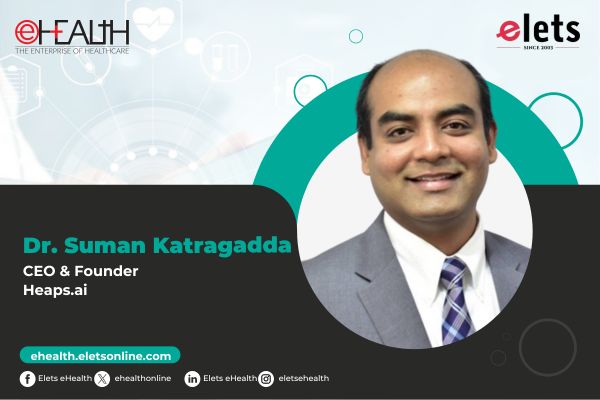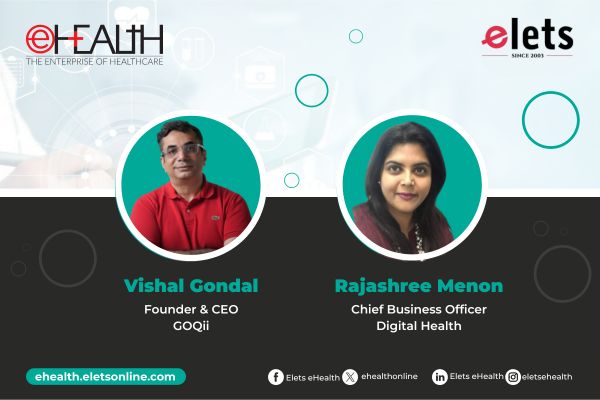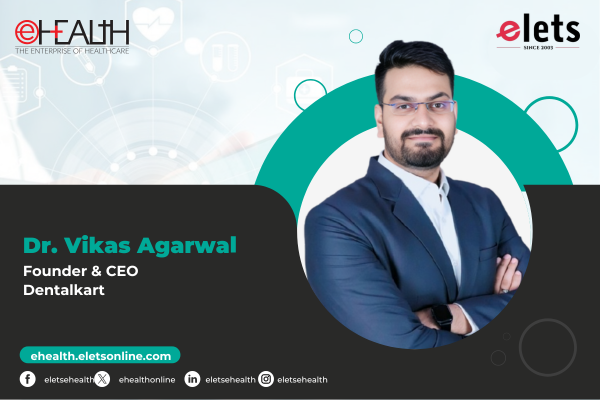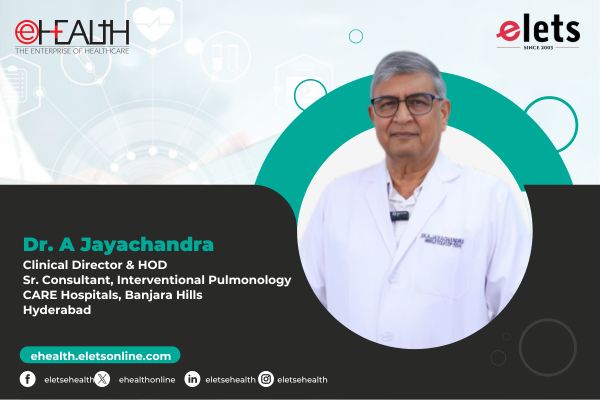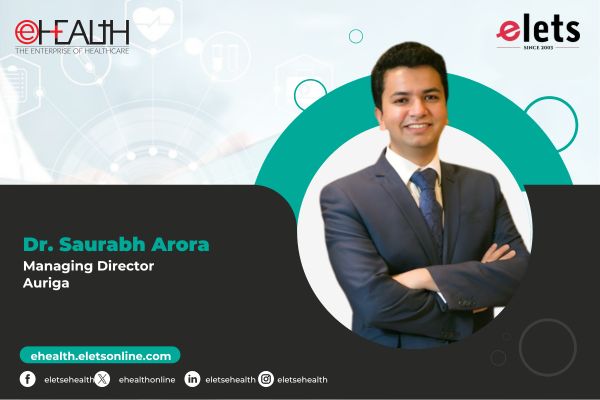
The future of dentistry is being shaped by several key trends and advancements in technology, patient care, and treatment methodologies. From advances in artificial intelligence to a more holistic approach to oral health, here are some of the key trends shaping the future of dentistry.
1. Digital Dentistry
CAD/CAM Technology: Computer-aided design and manufacturing (CAD/CAM) systems are revolutionizing how dental restorations, such as zirconia crowns, bridges, and porcelain veneers, are designed and created. These systems allow for more precise, faster, and less invasive treatments.

3D Printing: The use of 3D printing in dental practices is increasing, enabling the creation of customized dental implants, crowns, dentures, and surgical guides with high precision and reduced costs.

Intraoral Scanners: Digital impressions are replacing traditional impression molds, offering greater comfort to patients and delivering quicker, more accurate impressions for crowns and other restorations.

2. AI and Machine Learning
Diagnosis and Treatment Planning: Artificial intelligence (AI) is aiding dentists in the early detection of issues such as cavities, gum disease, and oral cancer. AI-driven diagnostic tools are becoming more accurate and can analyze dental X-rays and scans to identify conditions that might be missed by the human eye.

3. Tele-dentistry
Remote Consultations: Patients can now have consultations with dentists remotely, a valuable service for those in rural or underserved areas who may not have easy access to a dental clinic.
Monitoring: With smart sensors and devices, dentists can monitor a patient’s oral health remotely and provide timely advice or intervention.
4. Minimally Invasive Procedures
Laser Dentistry: Lasers are increasingly being used for procedures such as LANAP gum surgeries, soft tissue surgeries, cavity preparation, and teeth whitening. These methods minimize the need for traditional drilling, reduce pain, and accelerate healing times.
Regenerative Dentistry: Stem cell research and regenerative medicine are advancing the possibilities of tissue regeneration, including the potential to regrow teeth or repair damaged structures such as gums and bones.
5. Robotics
Surgical Robotics: Robotic-assisted surgeries are enhancing precision in dental procedures, particularly in dental implants. Robots can guide a dentist’s hand with high accuracy, ensuring optimal placement of implants.
Automation: Robots can also assist with repetitive tasks such as sterilization and the preparation of dental materials.
6. Personalized and Preventative Care
Genetic and Microbiome Testing: Dentists are beginning to use genetic and oral microbiome tests to customize preventive care and treatment plans based on a patient’s unique biological makeup. These tests can identify susceptibility to certain oral diseases, helping to prevent issues before they develop.
Vaccines: Innovations in vaccines targeting oral diseases are making it easier to protect teeth and gums before problems arise.
Also Read :- Manipal Hospitals Adopts Abbott’s AI-Powered Wireless Pacemaker for Advanced Cardiac Care
7. Sustainability and Eco-Friendly Practices
Eco-Friendly Materials: There is a growing shift toward using sustainable and biocompatible dental materials. For instance, biodegradable, toxin-free fillings and materials requiring fewer resources are gaining popularity.
Digital Records: The rise of digital records and paperless offices is helping dental practices become more sustainable.
8. Cosmetic Dentistry Advancements
3D Smile Design: Technology now allows for the virtual planning of a patient’s smile using 3D modeling and simulation. This enables the creation of customized cosmetic treatment plans to achieve desired outcomes. Digital Smile Design (DSD) has revolutionized the aesthetic results of cosmetic dental procedures.
Veneers and Teeth Whitening: Newer, less invasive methods for teeth whitening and veneers provide patients with more affordable and time-efficient options for enhancing their smiles.
9. Collaborative Care Models
Integration with Other Health Disciplines: As more evidence emerges linking oral health to overall health (e.g., cardiovascular disease, diabetes), dentistry is becoming more integrated with other medical fields. Dentists are increasingly collaborating with physicians to manage and treat conditions that have oral health implications.
10. Patient Experience and Comfort
Virtual Reality (VR) and Augmented Reality (AR): VR and AR are being explored as tools to reduce dental anxiety. These technologies can offer immersive, calming experiences during treatment or assist with more accurate diagnostics, making dental visits more patient-friendly.
Pain-Free Dentistry: Innovations in local anesthesia, laser techniques, and sedation dentistry are making treatments less painful and more comfortable, significantly improving patient satisfaction.
Dentistry is becoming more technology-driven and patient-centric. The integration of AI, digital tools, robotics, and sustainable practices, along with advancements in pain management and preventative care, is making dental treatments more efficient, less invasive, and more accessible to a broader range of people.
Views expressed by: Dr. Parthasarathi Reddy, Founder & Chairman, FMS Dental Clinics.
Be a part of Elets Collaborative Initiatives. Join Us for Upcoming Events and explore business opportunities. Like us on Facebook , connect with us on LinkedIn and follow us on Twitter , Instagram.
"Exciting news! Elets technomedia is now on WhatsApp Channels Subscribe today by clicking the link and stay updated with the latest insights!" Click here!






